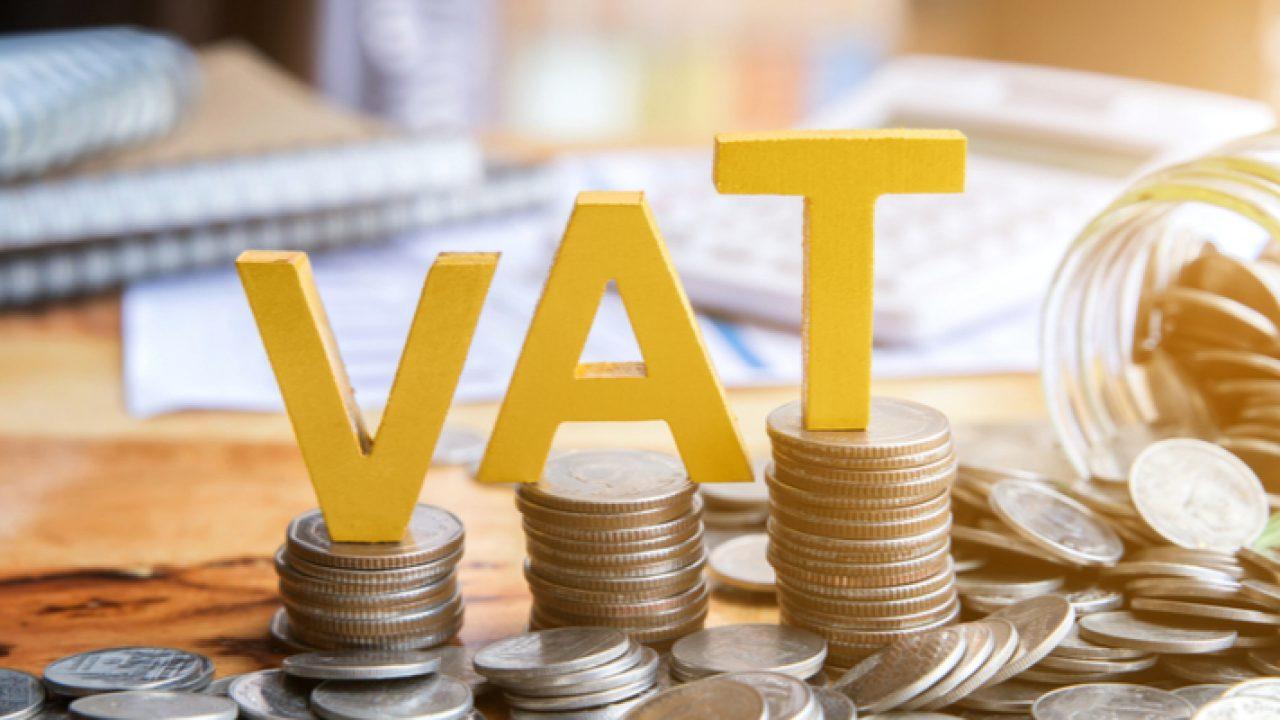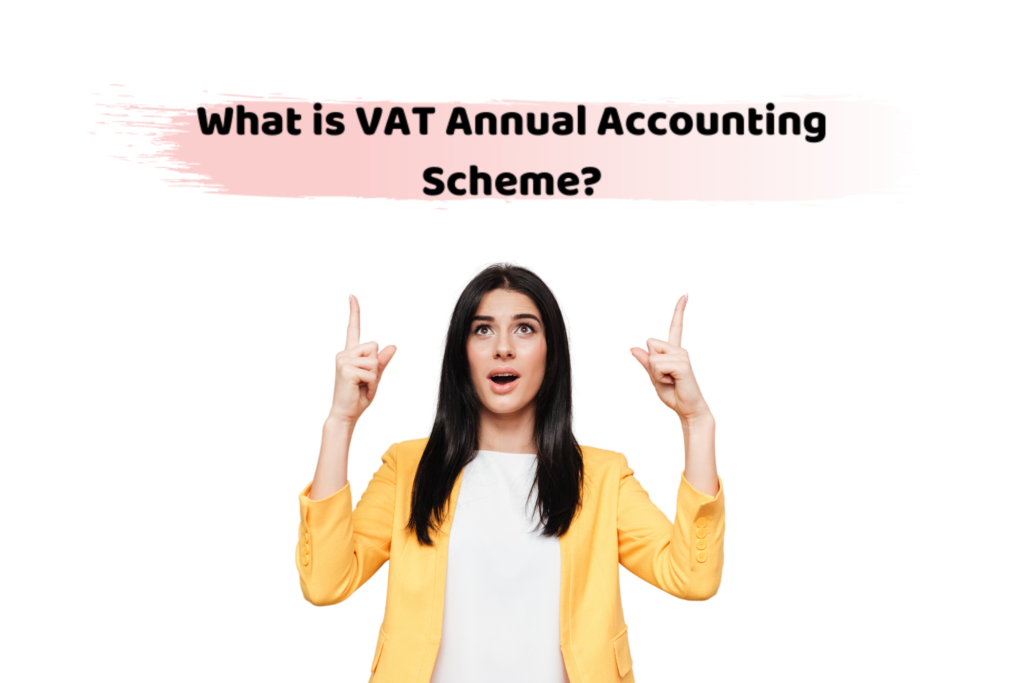Credit cards are the lifeline for most people and they provide variety of benefits for example you can get rewards points for shopping which you can later redeem, credit cards do provide cashback, miles benefits if you use them for air travel and discounts for using the credit card for fuel at gas stations. However, if do not use credit cards carefully because they can lead you into high interest debt and financial trouble as it can throw your personal finance off balance. Misusing the credit cards can impact your credit score severely.
Understanding Credit Cards in the UK
There are various credit cards which are available in the United Kingdom and every card provides a different feature and benefits. It is very important to go through the benefits of the card like annual membership fee, interest rates, introductory offers, benefits on grocer shopping and travel rewards.
- Standard Credit Cards: As the name suggests these are cards with standard services and no rewards points or cashback schemes but generally these are the cards which come with no annual membership fee. So, these are free to use and most banks provide introductory interest rate offers on purchases on these cards.
- Rewards Credit Cards: These are the credit cards which comes with the feature of reward points which means you will be get reward point for every pound you will spend using your credit card. Some banks provide the card with double cash reward schemes which means that you will get one reward point when you will spend the money and one reward point when you will make the payment for the balance in your card. The reward points that you have earned can be redeemed later either through a check, transfer to your checking account or gift cards for various stores.
- Cashback Credit Cards: As the name suggests these are the cards which provides some percentage of your spending back to your credit card available balance which we call cashback. Cashback credit cards are best suited for the people who use the credit cards for various needs like shopping, groceries, travel, fuel, etc. There are various offers provided by the banks at various seasons to get extra points or increased cashback. These cards are perfect to save money in terms of cashback.
- Balance Transfer Credit Cards: These are credit which comes with the feature of balance transfer which is in simple words is the feature to consolidate or transfer your debt from other cards to the present card usually at a zero percent interest rate for a predefined period by the banks. These cards provide an excellent facility to consolidate the debt at low interest which results in substantial savings in terms of the interest that would have paid for the balances in the other cards.
- Travel Credit Cards: These are the cards which give you points on air travel, hotel reservations etc. These are best suited for the people who travel frequently. The benefits may vary with different cards. Banks also provide offers give some extra mile points on covering some specific number of miles.
- Credit Builder Cards: These are similar to secured cards provided in the United States, the collateral amount submitted while getting the card is used as a credit limit and the customer can deposit the money in the account in case the limit is utilized. These are basically used to improve credit score so that consumers will eligible for the credit card. Banks review the eligibility of the user usually after one year to decide to upgrade to a credit card.
Best Practices for Using Credit Cards in the UK

- Choose the Right Card: If you select the right card as per your needs more than half of your work is done for an example if you need card for everyday shopping then the rewards is the best card for you, if you travel a lot then the travel card is best for you and if you use your card rarely then the standard card is the best choice for you.
- Assess Your Needs: Utilization of credit card should be sensible; you should only use your card either strictly for your needs or in case of emergencies. Unnecessary use of the credit card must be avoided as it can put you in the zone higher and can create issues with your credit score.
- Compare Offers: Most people are not aware about the benefits of comparing features like interest rates, introductory offers, and rewards schemes, it is just like getting a pair of jeans for yourself you will pick the one which suits your needs and is beneficial in terms of price. In context of the United Kingdom, you can visit websites like Money supermarket, compare the market, or Uswitch to find the best deals regarding credit cards.
- Maximize Rewards and Cashback: You can take the advantage of the reward points by charging the regular expenses like groceries, fuel and bills to credit and accumulate the points to redeem them later. You should lookout for the special promotions for higher rewards or cashback which banks might provide for a limited time every year.
- Manage Your Spending: It is really common sense you only bite what you can chew, similarly in case of credit cards you should only charge what you can easily afford to pay because it would be you who would be paying the interest on your balance. Tracking your spendings can really help in controlling and even stopping you from going over the limit on your and almost every card provider has an app for credit card customer where you can easily keep track of your expenses.
- Build and Maintain Good Credit: Building a good credit score is like building trust with the creditors that you can responsibly manage your debt. The best ways to manage would be to keep the credit card balances low and make at least minimum payment due each month before due date to avoid getting past due charges which can give negative remarks on your credit report. Keeping your credit utilization below 30 per cent is recommended. Checking your credit report regularly is a good habit which ensures that credit history is reported accurately and there are no errors that can impact your credit score.
- Use Balance Transfer Offers Wisely: Consolidating credit form a former credit into a new credit card by using the balance transfer offers can really save substantial amount of money. The best strategy would be to transfer the balances from your old cards to the new card and take advantage of the introductory balance transfer offers to save interest. Try to pay the balance transfer amount within the introductory period as the once the period is over this balance transfer amount will be charged at the regular interest rate for purchases.
- Travel Smart with Credit Cards: You can avoid foreign transaction fees which is the fee charged when you are charging your card at a merchant in foreign currency. Travel card cards also provide very reasonable rates for currency exchange. Not only in terms of the fees and the exchange rates every time you travel internationally you should notify the card provider to make sure that your card is working without any interruption during your travel.
- Leverage Consumer Protection: United Kingdom has amazing consumer protection laws which safeguards the consumers from fraudulent activities. Section 75 of consumer credit act ensures the protection for customer’s money if the goods or services are not up to the mark or not delivered under the range of 100 pounds to 30,000 pounds. For the charges below 100 pounds customers can request a charge back from the card provider if something is wrong about the transaction.
- Stay Safe Online: We all do majority of our transactions by using websites and applications which is a great advantage of technology. However, with the advancement in technology chances of frauds have risen as well. Consumers must be aware about online security and should only use secured websites for transaction using credit cards, a common tip here would be to look for HTTPS in the URL of website on which you are making the transaction.
- Tips for Choosing the Best Credit Card: Tips for choosing a credit card would be really simple you should get the cards with lower interest rate if you are not going to pay the balances in full every month. Make sure that there is no annual fee for the card and if there is a fee make sure that the benefits are worth paying an annual fee for the card. Check for introductory offers on purchases or balance transfers so that you can consolidate debt or create an asset at zero per cent interest. At last, you must check for the rewards and benefits associated with the card like travel insurance, purchase protection, extended warranties and cashback offers.



